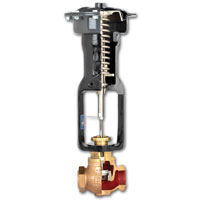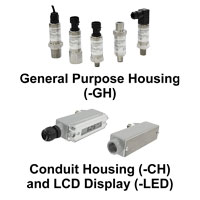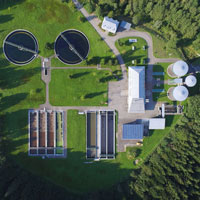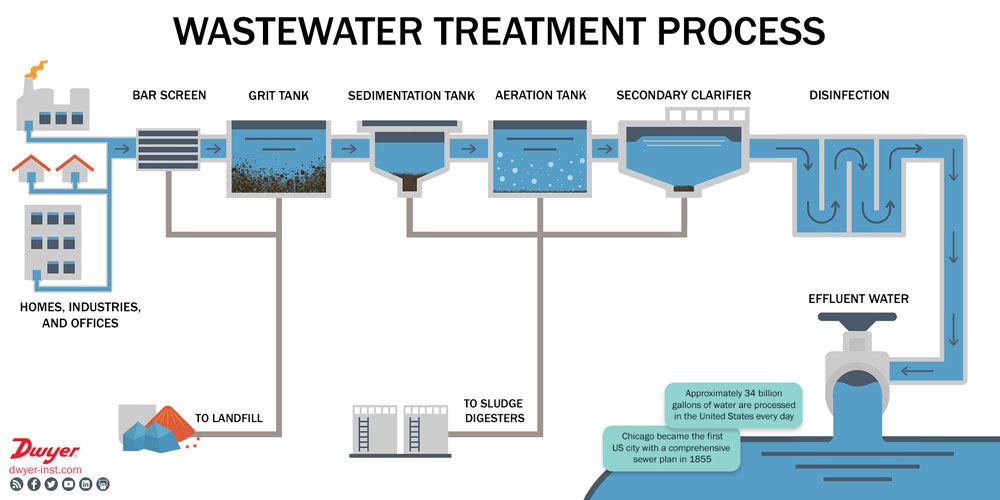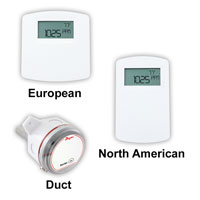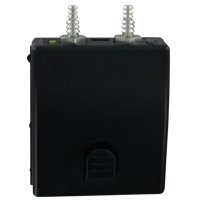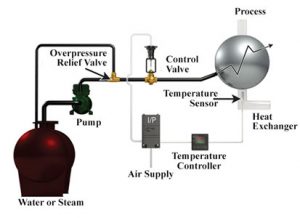
Control valves are used to change process conditions such as flow, temperature, level, and pH. A complete control system would include a sensor, controller, positioner or current to pressure transducer, and control valve. Globe valves, such as the Dwyer Hi-Flow™ Series, are a common type of control valve. In the example shown, a Hi-Flow™ control valve is controlling temperature by varying the amount of steam or cold water added to the process. Continue reading “Control Valve Sizing”

